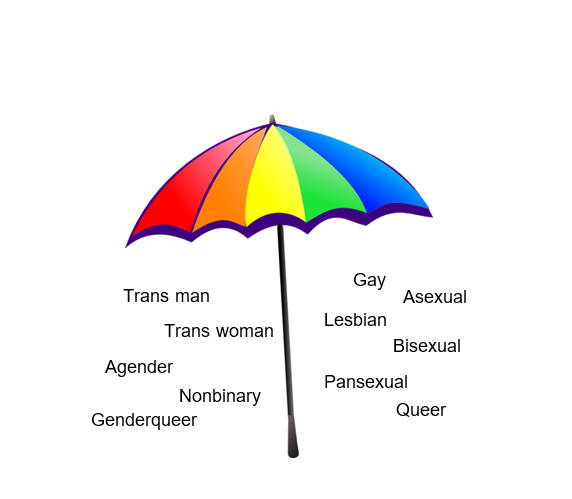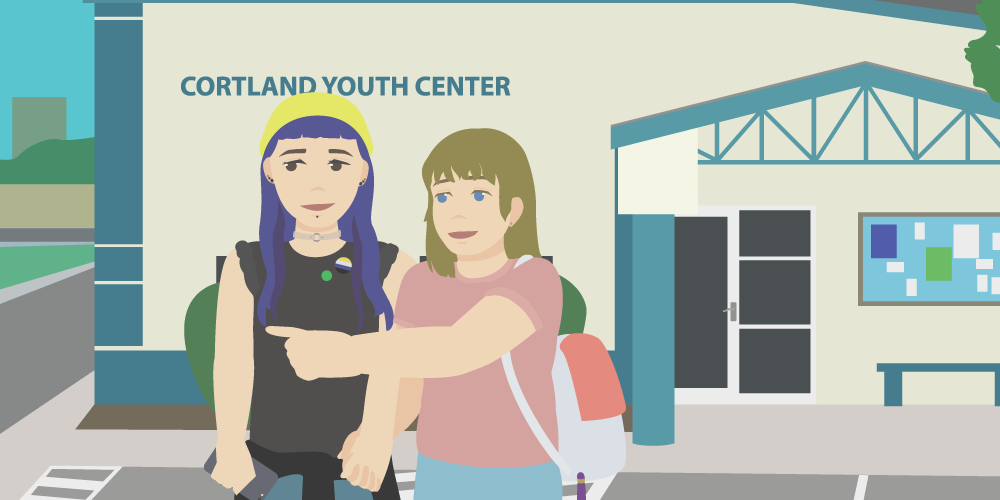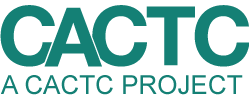It can feel like a tongue-twister – LGBTQIA+
Eight syllables is a lot, and knowing what each letter stands for (plus remembering all the identities that are included in the plus sign) can be a challenge, even for members within the community. The good news is, as a supportive parent, you don’t have to memorize every identity and definition that exists.
You don’t have to be perfect, so set that expectation aside. Your best bet? Understanding some basics and keeping an open and curious mindset.
Let’s take a look at the LGBTQIA+ community. Imagine a rainbow umbrella (like the one below), and beneath it fits all the different identities within the LGBTQIA+ community. There are two major categories (or two sides) of identities that fall within this colorful umbrella: sexual identity and gender identity.

Sexual identity covers things like who we’re romantically attracted to and how we define our sexual orientation. These are identities like gay, lesbian, bisexual, transgender, asexual, and more.
Gender identity refers to a person’s internal sense of gender and how that gender relates to their assigned sex at birth. These identities can include transgender men and women, nonbinary people, folks who are genderfluid, and more.
One of the most important things to remember is that all of these terms refer to identities, not actions. Someone may identify as a lesbian (girls who are primarily or exclusively attracted to other girls) but might have a history of dating guys. That doesn’t invalidate their identity, and we, as parents or other supportive adults, shouldn’t try to label someone based on their past or current actions.
Only an individual can decide their identity.
If you want to see a bunch of definitions for different words, the Human Rights Campaign has a pretty comprehensive alphabetical list, which can be found here.
If you have specific questions about the LGBTQ community, you can also reach out to the Cortland LGBTQ Center at sadams@familycs.org
And finally, I want to emphasize the importance of staying open and curious. The terminology around the LGBTQIA+ community is ever evolving, so you will invariably run into terms you don’t know. Simply stating, “that’s a new term for me. Could you let me know what it means?” can go a long way. With my teens, I toss in a self-deprecating “I’m old, please help” vibe (we’re all old by teen standards), which they tend to appreciate.



